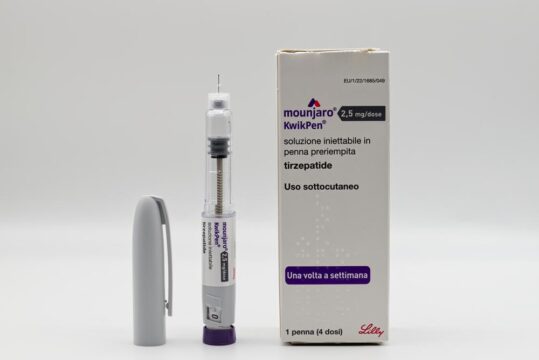Advertisment
Toddler’s gut bacteria predict whether they will be overweight at 5 years old

The make-up and volume of gut bacteria in toddlers at 3.5 years old is predictive of body mass index (BMI) at age 5, irrespective of whether they are born prematurely or not, according to new research by French scientists, presented at this year’s European Congress on Obesity (ECO) in Dublin, Ireland.
The findings also identified differences in the bacteria that colonise the gut seen in adults living with obesity, suggesting that changes in the gut microbiota that predispose to adult obesity begin in early childhood.
The make-up of the gut microbiota grows and changes in the first few months and years of life and disruption to its development is associated with conditions in later life including inflammatory bowel disease, type 1 diabetes, and childhood obesity.
However, the associations between gut microbiota and both change in BMI during childhood and paediatric overweight remain unclear, and information on infants born preterm is scarce.
To find out more, researchers studied data from two nationwide birth cohorts and stool samples collected at 3.5 years. Genetic microbiota profiling revealed a positive association between BMI z-score (a measure of bodyweight based on height for each age group by sex) at 5 years and the ratio of gut bacteria Firmicutes to Bacteroidetes that are directly involved with obesity – the more Bacteroidetes (compared to Firmicutes), the leaner individuals tend to be.
‘The reason these gut bacteria affect weight is because they regulate how much fat we absorb,’ explains Gaël Toubon from Inserm, Université Paris Cité and Université Sorbonne Paris Nord. ‘Children with a higher ratio of Firmicutes to Bacteroidetes will absorb more calories and be more likely to gain weight.’
The analysis also found that six specific types of gut bacteria were highly predictive of BMI z-score at 5 years old. Greater abundances of three categories of bacteria – Eubacterium hallii group, Fusicatenibacter, and Eubacterium ventriosum group – were identified as a risk factor for a higher BMI z-score; and greater numbers of three types of bacteria – Eggerthella, Colidextribacter, and Ruminococcaceae CAG-352 – were associated with a lower BMI z-score.
‘The gut microbiota is emerging as an important early-life factor able to influence weight gain in childhood and later life,’ says Toubon. ‘Our findings reveal how an imbalance in distinct bacterial groups may play an important role in the development of obesity. Further research is needed to drill down into the specific bacterial species that influence risk and protection and to better understand when the switch to an obesity favourable gut microbiota may take place, and therefore the right timing for possible interventions.’





